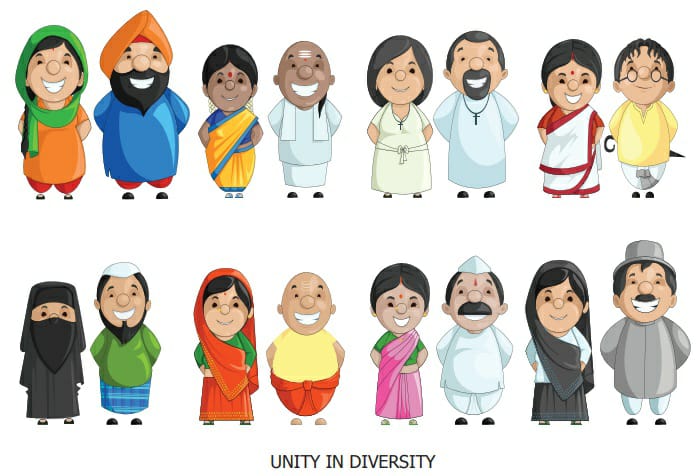
India is renowned for its rich cultural diversity. With over 2,000 distinct ethnic groups and more than 1,600 languages spoken, the country is a melting pot of traditions, religions, languages, and cuisines. Its cultural tapestry is influenced by Hindu, Muslim, Sikh, Christian, Buddhist, and Jain traditions, resulting in a vibrant blend of festivals, art forms, music, dance, and architecture across its various regions.Cultural diversity refers to the coexistence of various cultures, traditions, and practices within a society or geographic area. It encompasses differences in language, religion, cuisine, art, music, clothing, and more. This diversity often fosters a dynamic and inclusive environment where people from different backgrounds can learn from and engage with each other, contributing to a broader understanding and appreciation of the world's varied cultures.Cultural heritage encompasses the inherited values, beliefs, traditions, practices, artefacts, and knowledge that are passed down through generations within a society. It includes tangible heritage like historical sites, monuments, and artefacts, as well as intangible heritage like oral traditions, music, dance, rituals, and language. Preserving cultural heritage is important as it reflects a society's identity, history, and values, and contributes to the sense of continuity and connection between past, present, and future generations. ∎